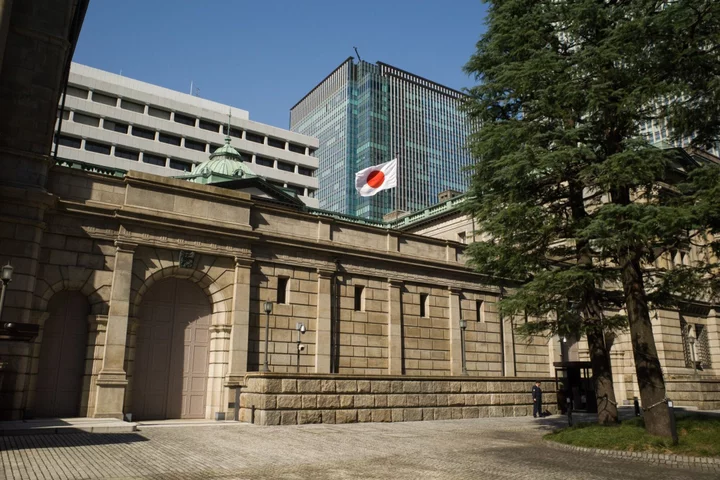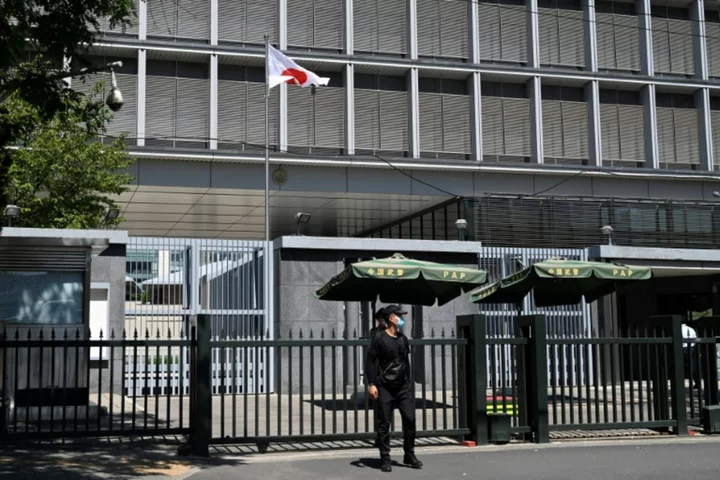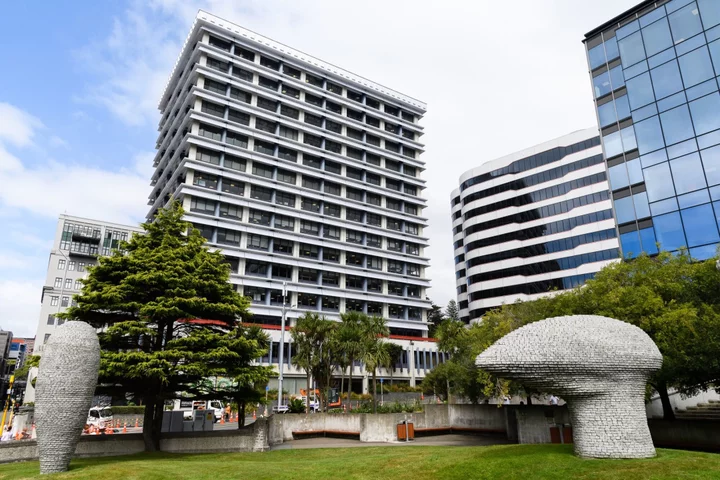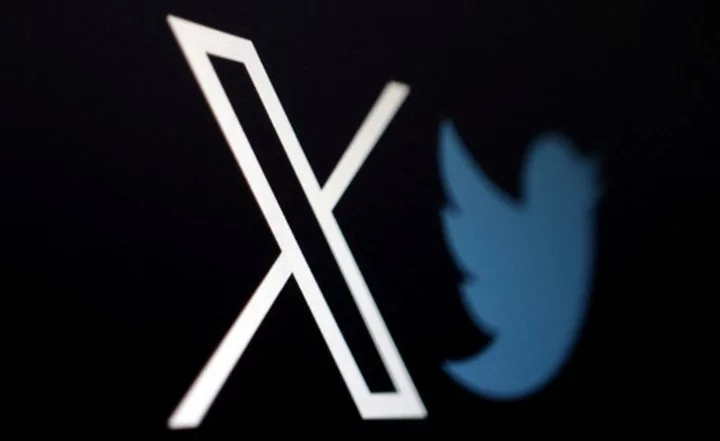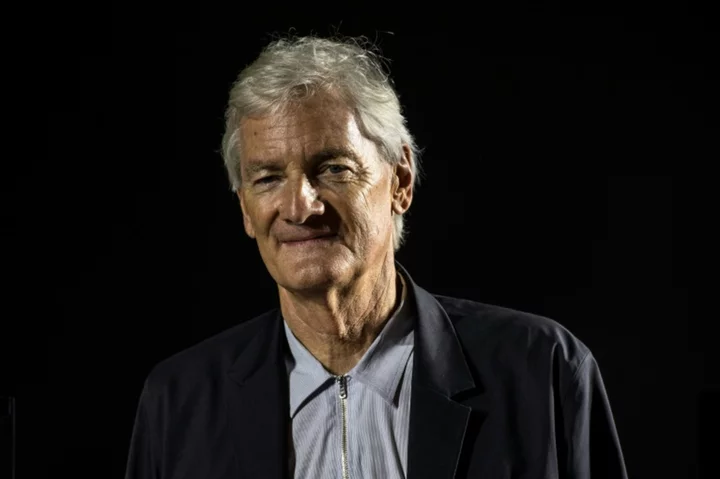Bank of Japan officials see little urgent need to address the side effects of its yield curve control program at this point, though they expect to discuss the issue, according to people familiar with the matter.
The central bank looks at the costs and benefits of YCC at every meeting and will reach a final decision at its policy meeting next week after scrutinizing economic data and financial markets up to the last minute, according to the people. The BOJ will deliver its policy decision next Friday.
The yen extended losses after an earlier version of this report to fall more than 1% against the dollar to 141.84.
The comments from the people come as BOJ watchers try to assess if the central bank will take any action at its meeting next week.
In the latest Bloomberg survey, 82% of economists forecast no policy change at this meeting. Around 18% see the BOJ adjusting or scrapping yield curve control, with some of these economists seeing potential for the BOJ to take advantage of calmer markets to make an early move on YCC.
The central bank sets a zero percent target for 10-year Japanese government debt yields, but allows them to move in a band up to around 0.5% on either side of this goal. By holding down yields, the BOJ hopes to stimulate economic activity in its bid to generate inflation.
The program has been criticized by bond traders for distorting market pricing and liquidity. With inflation staying above the bank’s 2% inflation target for more than a year, some investors have been betting on the BOJ to widen the movement band or scrap it altogether.
Still, according to the people, BOJ officials’ overall assessment of financial markets remains largely unchanged, namely that the shape of the yield curve remains smooth and market functioning is not showing signs of any major issues.
The bank doubled the size of the yield band in a surprise move in December after a clear kink had emerged in the curve.
Many of the officials are cautious that any YCC tweak at this stage would be seen as the start of tightening moves even if such an adjustment is aimed at enhancing the sustainability of the BOJ’s stimulus, the people said.
Still, a portion of the board is in favor of acting early on YCC, so discussion of the matter is likely, they added. The BOJ also discussed the need for any change to YCC at the previous meeting, they said.
The view of the officials is that it’s very important to continue with monetary easing as the economy is finally showing signs of long-sought changes including wage growth, the people said.
Still, they are not confident about achieving their inflation target stably, the people said.
The latest national inflation figures showed Friday that prices rose 3.3% in June, well above the BOJ’s 2% target. The central bank currently sees inflation excluding fresh food prices averaging 1.8% in the year ending in March, a figure that is widely expected to be revised up in the BOJ’s quarterly economic report next week.
The BOJ still has some data and key events to digest before the end of the meeting. The Federal Reserve and European Central Bank will deliver their policy decisions ahead of the meeting. July inflation figures for Tokyo come out on Friday, just a matter of hours before the BOJ is expected to release its policy statement.
For the officials, one of the biggest risk factors for Japan is uncertainty around the outlook for the US economy, the people said. It remains unclear how the world’s largest economy will weather the rapid increase of US interest rates, the people said.
Officials also want to confirm that sound wage growth will continue next year, according to the people. The prospects of that will become clearer toward the end of this year, with corporate profits, labor market tightening and price expectations among the key factors the BOJ will consider, the people said.
--With assistance from Brian Fowler and Tian Chen.
(Adds market move after report)

